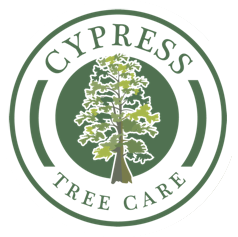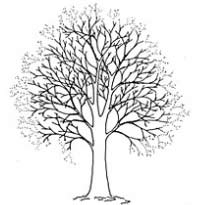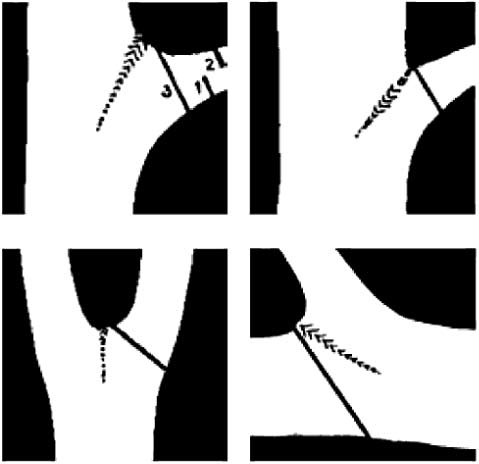Comprehensive Tree Care Resources for Education and Wellness
Access valuable resources to enhance your tree care knowledge and maintain healthy landscapes. Our Tree Health & Wellness Resources provide practical tools, expert guidance, and actionable information to support your property’s long-term vitality. From detailed articles and care guides to frequently asked questions, these resources empower you to make informed decisions about your trees and shrubs.
Whether you’re looking for preventive care tips, pest and disease management strategies, or insights into advanced techniques like deep root fertilization and air-spading, our resources cover it all. At Cypress Tree Care, we believe education is key to sustainable tree care, and we’re here to support you with the knowledge and tools you need. Explore our resources today and take the next step toward a thriving, sustainable landscape.




